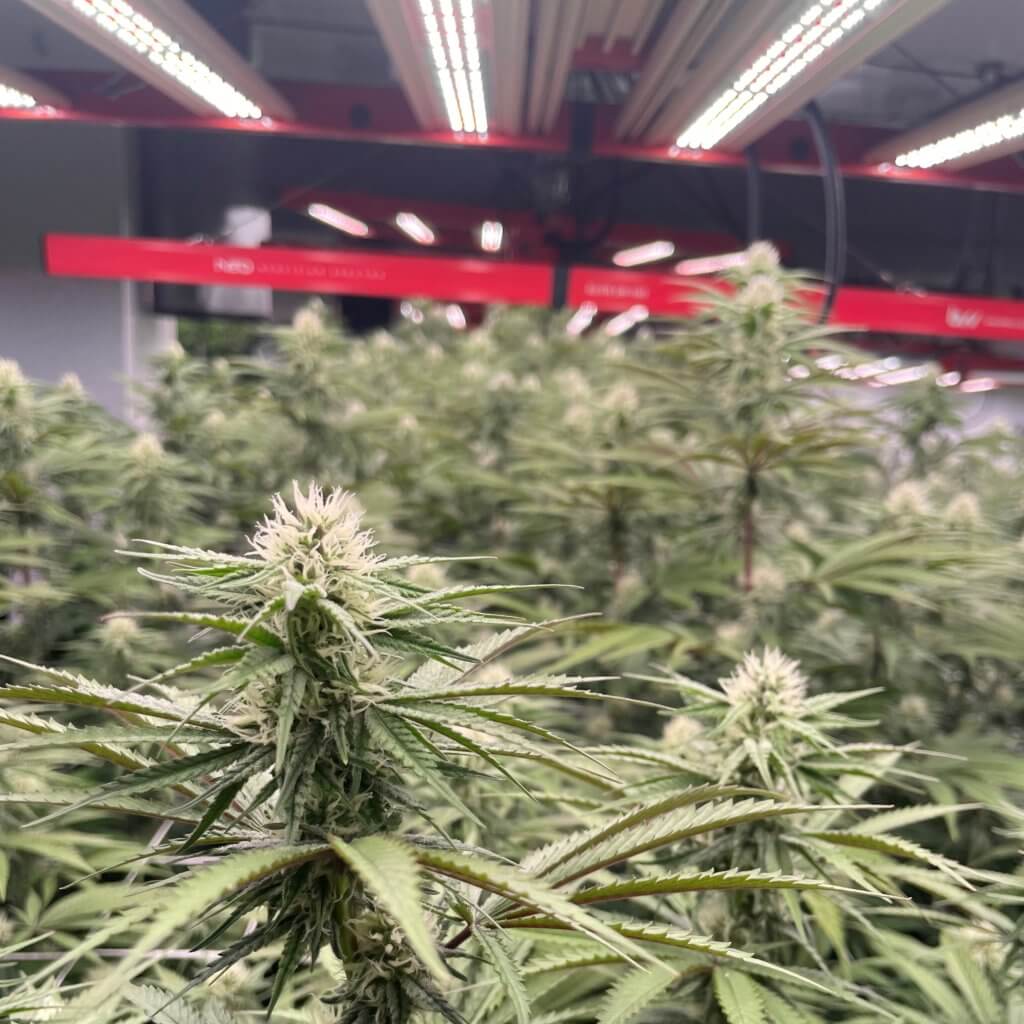August 04, 2022
Boulder, Colorado - August 04, 2022 - PRESSADVANTAGE -
Surna Cultivation Technologies (www.surna.com) is a boulder-based company specializing in the cannabis industry, with years of experience in controlled environment agriculture and cannabis facility infrastructure. Surna supplies growers with everything that is needed to design, build, and operate successful cultivation facilities that use less energy, water, and nutrients while producing healthier plants.
In an update, Surna highlighted the significance of the LED Horticultural Lighting for Professional Growers, designed to help professional growers make the most informed decisions about their indoor farming operations.

Horticultural LEDs offer an energy-conserving alternative that is ideal for professional growers who are looking for reliable and effective lighting solutions for their farms in the indoor space.
Surna noted, "LEDs provide a wide spectrum of light. They are also more energy efficient and radiate less heat than other lighting options. Because they radiate such little heat, they can be hung closer to the plants to maximize space. This also helps minimize the facility’s total cooling tonnage requirements."
Lights specifically designed for use in horticulture are constructed of sturdy top quality materials that shield the fixture from the moist environment of indoor growing spaces and greenhouses. Additionally, fixtures emit different wavelengths that influence the growth of plants differently.
Surna also mentioned that there are a number of different types of lights that can be used in a horticultural setting and added how each lighting solutions differ from horticultural LED lighting solutions.
The High-Intensity Discharge (HID) light sources are among the most frequently used kinds of lights for indoor farms. They provide a large amount of light per watt and are utilized over vast areas. HID lamps are made up of metal Halide (MH) or high-pressure sodium lamps (HPS). Each kind of HID lamp comes with an individual spectrum of light that affects the growth process in a unique manner.
Metal Halide (MH) grow lights are typically employed in vegetable rooms, however, they can also be utilized for flower or bloom stages too. MH grow lights emit an output of light that is blue, which plants typically use for growth that is vegetative.
MH lighting is typically utilized in the Vegetative stage of plant growth but it could also be utilized throughout the lifespan of the plant. Typically, MH lamps should be replaced at least every 10,000 hours or once a year, whichever is first.
Surna Cultivation Technologies specializes in designing and manufacturing high-quality grow lights, and they have put together a list of factors to consider when choosing a grow light for plants.
"Choosing the best LED for your grow room can be a difficult process. Not all LED grow lights are created equal, so it’s important to research the different options available before choosing the solution that’s right for you."
To maximize plant growth for optimal growth, 400-700nm wavelengths are necessary to enable photosynthesis (the method by which plants transform the energy of light into chemical energy). However, light output and the required spectrum will differ dependent on the type of plant species.
Lighting layout is also a factor to consider when choosing grow lights. The lighting layout of an indoor garden refers to the placement of lights in relation to each other, as well as their proximity to plants.
Many grow light manufacturers offer warranties on their products, so it’s worth considering how long the warranty is and what it covers. Never buy a light that is not backed by a warranty.
Additionally, the price varies based on the size, quality, and brand name, as well as other elements.
Surna believes that it's important not to buy a fixture just because it's cheaper. Purchasing a poor-quality fixture can result in energy inefficiency, premature failure and replacement, and stunted plant growth, any of which could wind up costing more money in the long run. Surna suggests taking the time to do research to find a fixture that will meet needs without breaking the bank.
For growers who share the same commitment to quality and sustainability, reach out via Surna's website. With energy costs on the rise, growers are increasingly looking for ways to reduce expenses and improve yields, Surna has created an LED horticultural lighting guide to provide the latest advancements in technology and how they can be used to improve grow operations.
###
For more information about Surna Cultivation Technologies, contact the company here:
Surna Cultivation Technologies
Jamie English
(303) 993-5271
jamie.english@surna.com
385 S. Pierce Avenue, Ste. C
Louisville, CO 80027